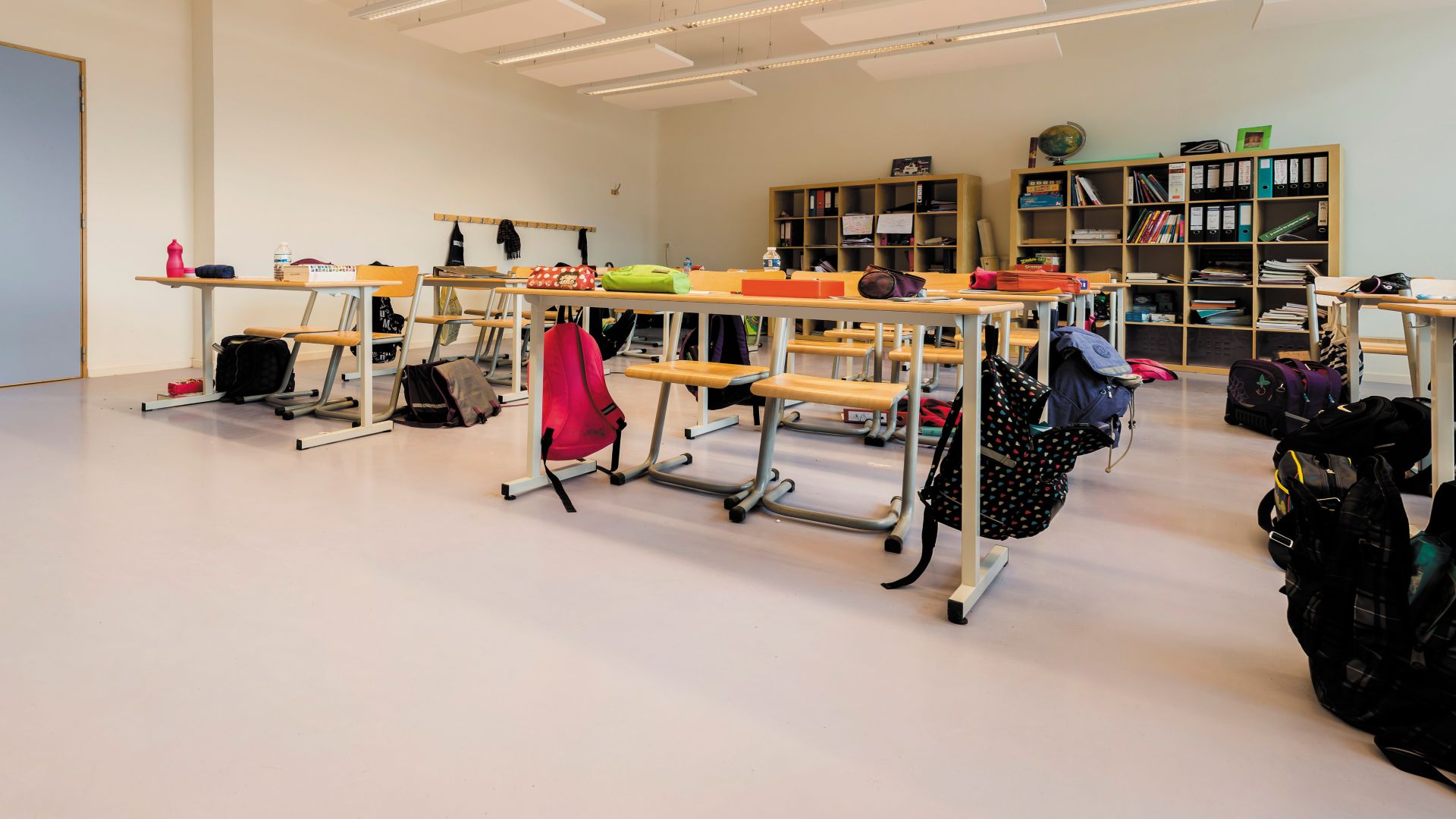Course Description
This course explores the process of selecting, specifying, and installing high-performance resinous floor and wall systems. It familiarizes the attendee with the latest system technologies and applications where these systems provide maximum value.
Learning Objectives
- Identify project-specific key performance criteria focusing on low or no volatile organic content (VOC) systems.
- Explain the impact of uncontrolled slab moisture emissions (mold growth, premature system failure, trip hazards, disruption of operations, etc. and the latest approaches to address this issue.
- Discuss key specifications and project submittal items including: Contractor and manufacturer qualifications, critical detailing, safety program, quality assurance, and mock-up.
- Review installation procedures by the system to address slip resistance, surface appearance, and impact on maintenance.
Design Considerations
Faced with the task of specifying a flooring product, design professionals are guided by the specific needs of the project. Cost-effectiveness, durability, safety standards, overall performance, and design goals are all features that need to be evaluated when selecting a flooring system for any of today's many commercial and industrial applications. One material that meets multiple requirements is resinous flooring. Formulated from different resins, it has many advantages over other flooring systems.
Three Common Types of Resin
Epoxy
A copolymer derived from two or more monomeric species, epoxy is formed from two different chemicals, referred to as the “resin” or “compound” and the “hardener” or “activator.” Epoxy has a wide range of applications the include flooring, fiber-reinforced plastic materials, and general-purpose adhesives.
Polyurethane
Polyurethane polymers are formed by combining two bi- or higher functional monomers (a molecule that may bind chemically to other molecules to form a polymer). Polyurethanes are used in the manufacture of a wide range of products, from foam seating, rigid foam insulation panels to microcellular foam seals and gaskets, and high-performance adhesives.
Acrylic (MMA)
Acrylic resin is a general term for any one of the plastics (resin) generated through chemical reaction by applying polymerization initiator and heat to a monomer. Methyl methacrylate monomer (MMA) is a transparent, colorless fluid substance and emits highly offensive odor during application. Surrounding areas must be properly ventilated and evacuated during installation.
Coatings
A resinous coating is used to protect and prolong the life of the floor. Available in a wide range of finishes, pigmented or clear, epoxy and urethane formulations, coatings can be applied in conjunction with a resinous floor system, or as a coating over a concrete subfloor. Thicknesses range from 5 mils to 40 mils. A manufacturer may categorize coatings as “complementary” products.
Broadcast Systems
Many configurations for moderate to high-performance needs require one or two layers of aggregate between the primer, undercoat, and sealer. In addition to durability, aggregates add texture, and color. Pigmented quartz aggregates are broadcast over a wet epoxy primer or undercoat.
The entire floor is coated and broadcast to refusal (meaning that it has enough aggregates in the material to make it appear dry; otherwise wet spots will appear and affect the look and consistency of the texture). Reclaimed broadcast materials should not be reused.
The thickness of the broadcast layers ranges from 1/16 inch to 3/16 inch. As in all flooring systems, the condition of the concrete substrate is critical to the performance of the floor.
Cost of Resinous Flooring
The cost of a resinous flooring system is 60% labor to 40% materials.
90% of the flooring failures are due to some installation error.
- Improper Preparation.
- Non-compliance or lack of engineering detail.
- Lack of installer skill.
Watch The Webinar Recording
Arrange a Complimentary Floor Audit Today
Please fill out the form below to request a no-cost floor audit by a Sika industry expert.

